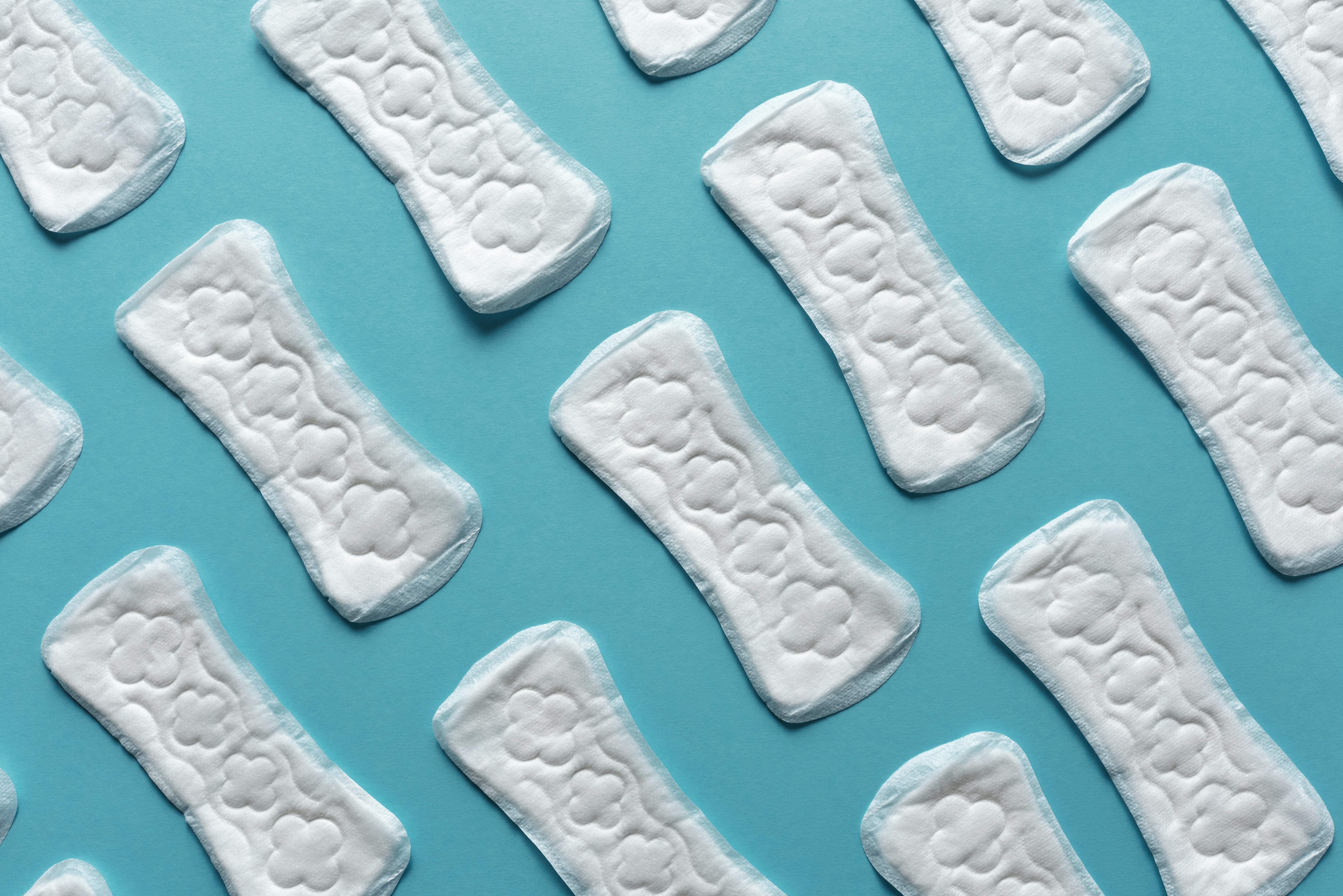Why We’re Still Fighting for the Equal Rights Amendment
October 09, 2024

Period poverty, (the lack of access to sanitary products and adequate menstrual hygiene management), is an issue that disproportionately affects women and girls worldwide and other people who menstruate. It is a manifestation of gender inequality that highlights the urgent need for comprehensive solutions to address this pervasive problem. In the fight for menstrual equity, the Equal Rights Amendment (ERA) emerges as a crucial tool to promote gender equality and eradicate period poverty.
Around 16.9 million people who menstruate live in poverty in the United States. Among those, two-thirds said they struggled with affording menstrual products in the last year, and 14% of college girls in a study surveyed said they struggled to afford period products.
A study by the Period Equity organization found that 30% of low-income women had to choose between purchasing food or menstrual products. The impact is even more pronounced among Black and Hispanic women, who are more likely to experience period poverty compared to white women.
Period poverty disproportionately affects marginalized communities.
Period poverty refers to the economic, social, and cultural barriers that prevent individuals from accessing affordable and safe menstrual products, education, and proper sanitation facilities. It perpetuates a cycle of disadvantage, hindering education, work, and overall well-being. The effects of period poverty are particularly pronounced in marginalized communities, where limited resources and systemic barriers exacerbate the problem.

The Equal Rights Amendment is a proposed constitutional amendment in the United States that seeks to guarantee equal rights under the law regardless of sex. As the 28th Amendment to the Constitution, the ERA recognizes the inherent worth and equality of all individuals, establishing a legal foundation to challenge gender-based discrimination.
By explicitly enshrining gender equality in the Constitution, the ERA would provide a solid legal framework to challenge discriminatory practices that contribute to period poverty. It would require the government to take proactive measures to ensure menstrual equity, including affordable access to sanitary products, comprehensive menstrual health education, and proper sanitation facilities.
The ERA's ratification would signal a powerful message, dismantling harmful stereotypes surrounding menstruation. By recognizing the significance of menstrual health and hygiene as integral to gender equality, the ERA encourages open dialogue, destigmatizing periods and fostering an environment of acceptance and understanding.
The ERA can galvanize policymakers to prioritize initiatives that address period poverty. It can prompt legislation to remove taxes on menstrual products, allocate funding for menstrual health programs, and integrate menstrual equity into broader policies concerning healthcare, education, and labor rights.
The ERA can serve as a catalyst for comprehensive menstrual health education in schools. By mandating inclusive curricula that address menstrual hygiene, reproductive health, and gender equality, the ERA would support informed decision-making and empowers individuals to advocate for their rights.
Period poverty remains a pressing issue in the U.S, denying countless individuals their fundamental right to manage menstruation with dignity. The Equal Rights Amendment presents an opportunity to dismantle the barriers perpetuating gender inequality, including period poverty. By recognizing gender equality as a constitutional principle, the ERA can drive policy changes, eradicate stigma, and create a more equitable society where access to menstrual products, education, and sanitation facilities is guaranteed for all. It is imperative to support efforts towards the publication of the ERA and continue working collectively to achieve menstrual equity and a more just and inclusive future.